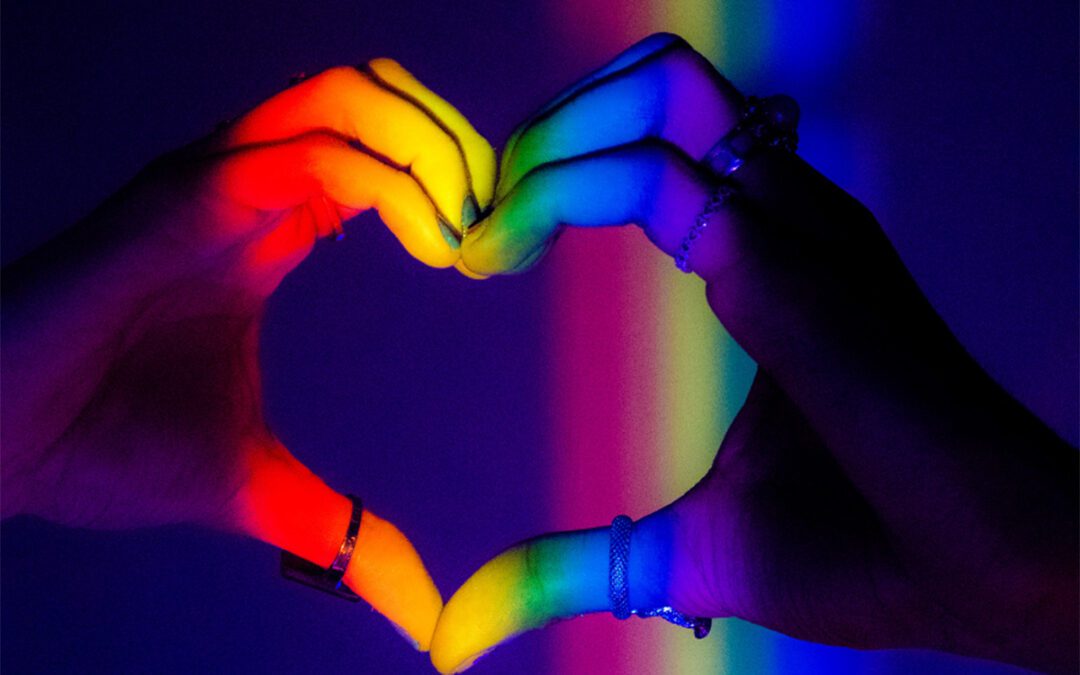As we move past National Coming Out Day (October 11th) and the First International Pronoun Day (October 17th), we thought we’d take a moment to educate our clients on gender identities and pronouns. Before we fully launch, we wanted to stress that sexuality and gender are extremely nuanced and there are many other resources, definitions, experiences, etc. – but we’ll get to that later.
First, there’s a difference between sex and gender. Largely sex is considered the biological, difficult to change, physical expression of a person’s body. Gender, on the other hand, is the fluctuating interaction of behavior, feelings, and identity. Labels commonly associated with sex are woman, man, intersex, trans, and different combination of those words. Labels in the gender world tend to look at different levels of masculinity and femininity, including, masculine, feminine, queer, trans, androgynous, non-binary, and more. Sex and gender are intertwined for all people and distinctly different for most.
Maybe it’s the hockey season (GO CAPS!), but I think of sex and gender like a team sport. You have your distinctly offensive players – people with high masculinity and low femininity – which tends to include your cis- and trans-men. There are also distinctly defensive players – people with high femininity and low masculinity – whom tend to be your trans- and cis-women. Then there are your middies – people who do a little offense and defense. They will run back and forth between feminine and masculine depending on context, relationships, and their personal judgment. Gender middies have many names: androgynous, trans, male, female, non-binary, and more! Everyone on the field can have a “stick” (hah, pun) or a vulva!
But what about queer? Well, queer people are the mascots that run out on the field. They’re not really playing the game and they are usually doing their own thing. Sometimes they’re teasing people playing the game, sometimes they are trying to get people excited and engaged in what’s going on. They may play the gender game later, but they will always be a mascot queer.
No matter our position, we all add to the colorful experience that is playing gender. The sports metaphor continues when we consider gender performative – it’s hard to play defense without an offense. This is why you will see people shift their definition or response to gender over time as conflict and circumstances change.
When you’re having conversations with someone about gender, it’s important to remember that labels don’t tell you much about how the person plays the game of gender. Only by getting to know them do you find their interests, values, and experiences. You are not their coach nor are you stadium security telling them where to be on the field – just appreciate the skills they bring to the gender game and embrace the opportunity to learn!

